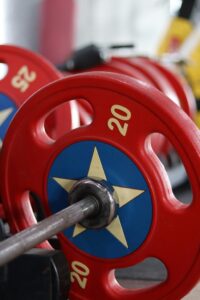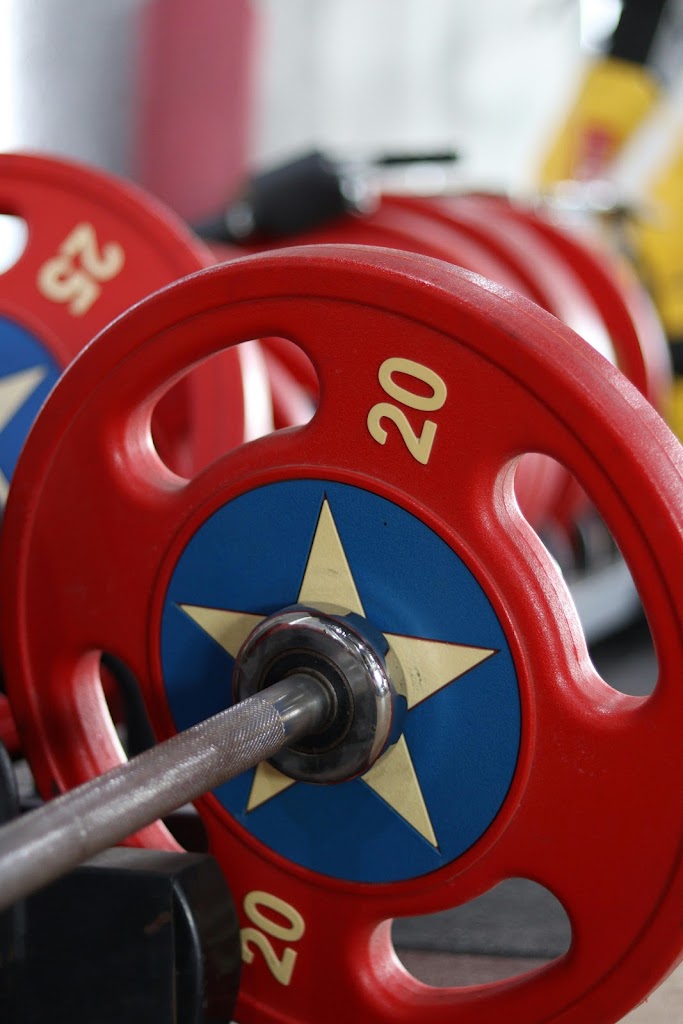The
Effects of the 3/7 Training Method on Muscle Growth and Strength Development
Introduction
 |
| Photographer: Fahad Puthawala |
The 3/7 training
method is a relatively new training protocol that has garnered attention for
its potential to enhance muscle growth and strength development. Although
bodybuilders and athletes have used the method for some time, it wasn’t until
2014 that it made its first appearance in bodybuilding literature, when
Emmanuel Legeard mentioned it in his book “Strength Training and
Bodybuilding.”
I found
exactly two studies on the topic, which also reflects the novelty of the
method. Nonetheless, it can be viewed as grounded in scientific principles that
emphasize metabolic and mechanical stress optimization. While the 3/7 method is
not as widely known as traditional protocols like 4 × 6 or 8 × 6 repetitions,
it has sparked interest due to its potential to produce rapid and effective
results in a shorter timeframe. In this article, I will explore the structure
of the 3/7 method, its scientific background, and its effects on muscle
hypertrophy and strength.
Structure
of the 3/7 Training Method
The 3/7 training
method is based on intense muscle loading and short rest intervals. The
protocol consists of five sets with gradually increasing repetitions: the first
set has three reps, the second four, the third five, the fourth six, and the
fifth set seven reps. The rest interval between sets is short—only 15
seconds—which increases metabolic stress and directly affects the muscle’s
metabolic environment. However, full recovery periods between exercise rounds
last three minutes, allowing for partial muscle recovery before starting the
next sequence.
This
combination of loading and recovery differs from traditional methods, where
rest periods between sets are typically longer. The 3/7 training method allows for
greater metabolic stress, promoting muscle growth especially within a tighter
training schedule. This makes the method a time-efficient option, which may be
particularly appealing to busy athletes and gym-goers.
Scientific
Background and Research Findings
The
scientific foundation of the 3/7 training method lies in physiological principles of
muscle growth and strength production. Metabolic stress—created by short rest
periods and progressive rep increases—is considered one of the key drivers of
muscle hypertrophy. This stress stimulates protein synthesis in muscle tissue,
which is a crucial factor for muscle growth.
In 2016,
Laurent and colleagues introduced the 3/7 method in a study comparing it to
traditional 4 × 6 and 8 × 6 protocols. The study found that the 3/7 method
resulted in significantly better gains in muscle strength and 1-RM performance
compared to the 4 × 6 protocol. Although the 8 × 6 method produced higher gains
overall, the 3/7 method was notably more time-efficient. This suggests that the
3/7 method offers an effective way to develop muscle mass and strength in less
time.
Another
notable study published in the European Journal of Physiology compared
the 3/7 method to traditional 8 × 6 protocols. The researchers found that the
3/7 method led to greater hypertrophy and strength gains, particularly in
biceps thickness. This supports earlier findings regarding the method’s
effectiveness in promoting muscle growth.
Mechanisms
and Physiological Basis
The
physiological mechanism behind the 3/7 method is multifaceted and relates to
the aforementioned metabolic stress and stimulation of muscle protein
synthesis. Short rest intervals and progressively increasing repetitions create
an optimal environment for muscle loading, which in turn activates hypertrophic
pathways. The protocol not only supports muscle hypertrophy but also enhances
neuromuscular recruitment of motor units and the ability to generate force.
Shortened
rest periods also increase blood flow to the muscles and the accumulation of
metabolic byproducts such as lactic acid. This leads to a state of muscular
hypoxia, which activates the body’s repair processes and may further enhance
muscle growth.
 |
| Photographer: Tima Miroshnichenko |
Practical
Applications and Future Research
The 3/7
method is a practical and time-efficient alternative to traditional training
protocols, particularly for those seeking intense workouts without committing
large amounts of time. It can also be beneficial for individuals aiming to
increase strength and muscle mass without relying on high-volume training. This
makes it a valuable tool not only for recreational lifters but also for
athletes who require quickly recoverable strength. Moreover, it can serve as an
effective variation for anyone—from beginners to advanced trainees—looking to
diversify their training routines.
Although
the 3/7 method has shown promising results, more research is needed on its
long-term effects, especially in comparison to other training protocols and
across different training levels. Future studies should investigate how the
method stacks up against other effective protocols, particularly in
sport-specific contexts and goal-oriented training.
Conclusion
The 3/7
method is an effective and time-efficient training protocol that can promote
muscle growth and strength gains, especially within shorter training sessions.
Scientific studies support its efficacy in improving muscle hypertrophy and
strength, but more research is needed to assess its long-term outcomes and to
compare it with other training methods. This approach presents an interesting
alternative to traditional models and may serve as a valuable tool for
efficient training.
Workout Summary
- Perform a total of 5 sets of
your chosen exercise (studies were conducted with bicep curls and bench
presses). - Use a load of approximately 70%
of your 1-RM. - Start with 3 reps and rest for
15 seconds. Then perform 4 reps and rest another 15 seconds. Continue with
5, 6, and finally 7 reps—resting 15 seconds between each set. - Rest for 3 minutes and repeat
the entire process a total of 3 times. - In the next article, I’ll
create a sample program based on this method for you to try 😊
Figure 1:
Photographer: Fahad Puthawala – Link
Figure 2: Photographer: Tima Miroshnichenko – Link
References:
Laurent C, Penzer F, Letroye B,
Carpentier A, Baudry S, Duchateau J. (2016). Effect of a strength training
method characterized by an incremental number of repetitions across sets
and a very short rest interval
Stragier S, Baudry S,
Carpentier A & Duchateau J (2019). Efficacy of a new strength training
design: the 3/7 method
